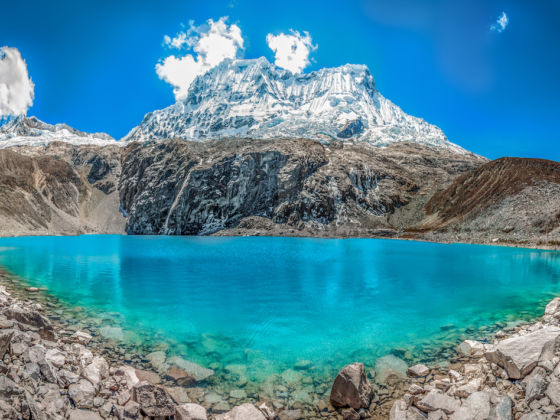UNESCO has granted World Heritage status to 890 global “properties.” With a collection this expansive, there’s gotta be about 800 sites the average person has never heard of.
It’s a fact the Telegraph takes up with its photo essay Obscure World Heritage Sites, comprising profiles of 20 lesser-known destinations that UNESCO felt deserved the same level of protection as the Taj Mahal or Angkor Wat.
I found these of particular interest:
